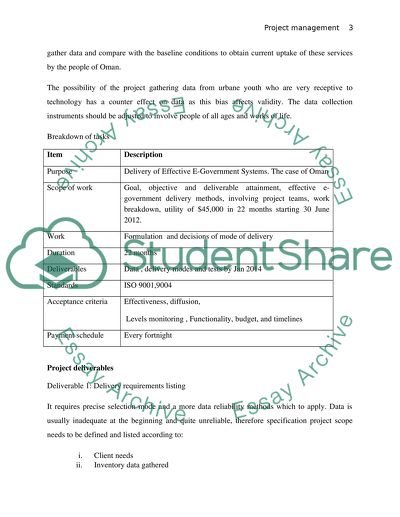Cite this document
(“Delivery of Effective E-Government Services. The case of Oman Coursework”, n.d.)
Retrieved from https://studentshare.org/information-technology/1397328-delivery-of-effective-e-government-services-the-case-of-oman
Retrieved from https://studentshare.org/information-technology/1397328-delivery-of-effective-e-government-services-the-case-of-oman
(Delivery of Effective E-Government Services. The Case of Oman Coursework)
https://studentshare.org/information-technology/1397328-delivery-of-effective-e-government-services-the-case-of-oman.
https://studentshare.org/information-technology/1397328-delivery-of-effective-e-government-services-the-case-of-oman.
“Delivery of Effective E-Government Services. The Case of Oman Coursework”, n.d. https://studentshare.org/information-technology/1397328-delivery-of-effective-e-government-services-the-case-of-oman.


